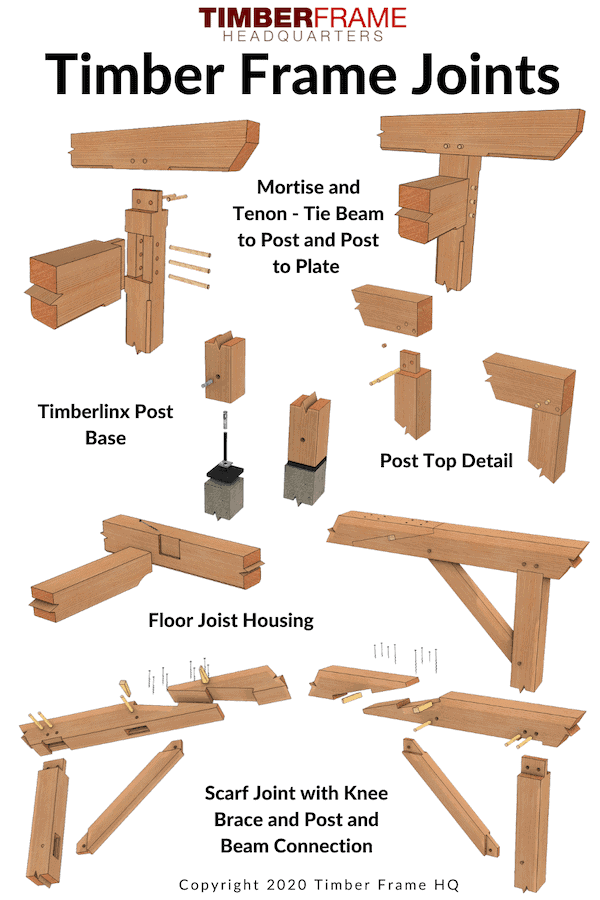
Joints and joinery are literally what make a timber frame, a timber frame.
Timber frames are buildings that utilize heavy timbers (generally 6”x6” and larger) in a skeleton-like frame that forms the supporting structure. And the joinery is what distinguishes timber frames from the other construction method that uses heavy timbers: post and beam construction. Instead of fastening butt joints with metal connectors, the principal members in a timber frame are joined with elaborately carved connections and secured with wooden pegs.
So, the two distinguishing features of a timber frame are (1) large-size timbers that create a structural frame and (2) carved and pegged joints that secure the timbers together.
At Timber Frame HQ, we devote a lot of time and a large part of the website to examining timber frame joints and joinery in detail. That is because they are so fundamental to the strength and character of this age-old building method.
We examine most of the possible connections and their variations. We show you three dimensional drawings of many joints, both assembled and exploded, and solid and transparent. That way you can really understand the shape of the joint and how the timbers interlock. Where applicable, we show you where the pegs or other connectors go. And we often include an interactive three dimensional model, so you can rotate the views and really get a good understanding of how it all works together.
We explore different ways of joining posts to beams, many examples of roof joinery, different types of knee braces and struts, and methods of floor framing. We delve into compound joinery and scarf joints, among other things.
In addition to showing you the strictly traditional timber frame joints, we also touch base on joints that utilize modern technology. Sometimes a joint is in such a place in a frame that the forces acting upon it require extra strengthening with metal connections. And sometimes adding some metal keeps you from having to remove too much wood in cutting joints that are close together.So we examine joints that incorporate connectors such as structural screws and barrel bolts.
We give you lots of information to understand the complexities of timber frame joinery. We do not, however, show you step-by-step how to cut the joints. There are many videos online that show that process. And truly, if you are a beginner with a thirst for learning the craft of timber framing, you would benefit by taking your education a step further and attending a school or workshop.
So, dive into our exploration of the joints and joinery used in timber framing- we hope it helps you on your journey to understanding and practicing this venerable craft!
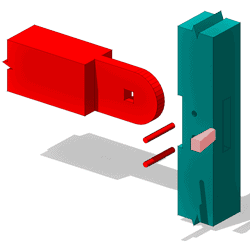
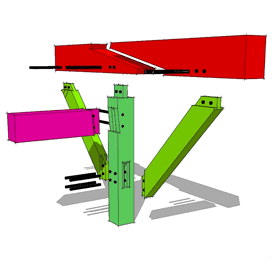
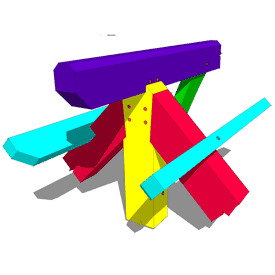
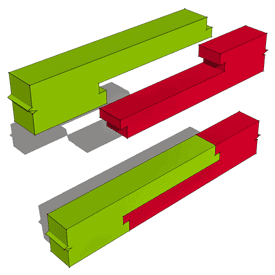
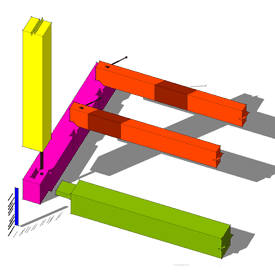
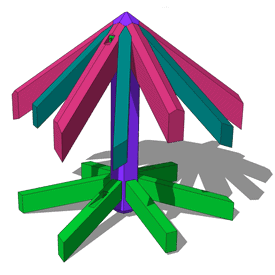
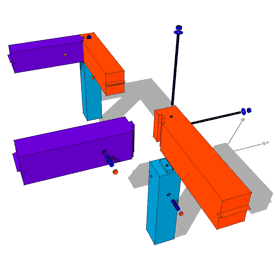
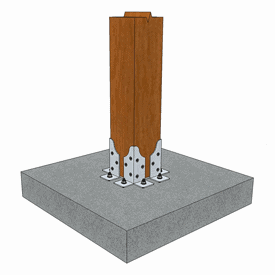

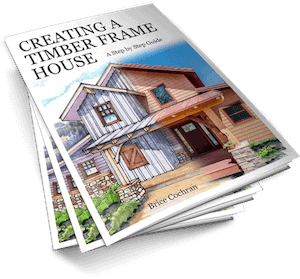
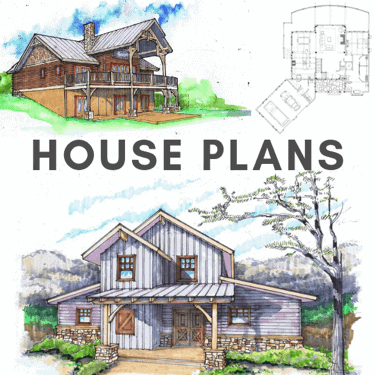
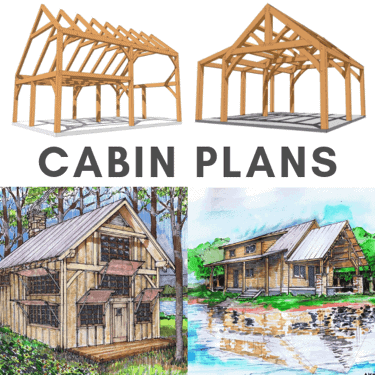
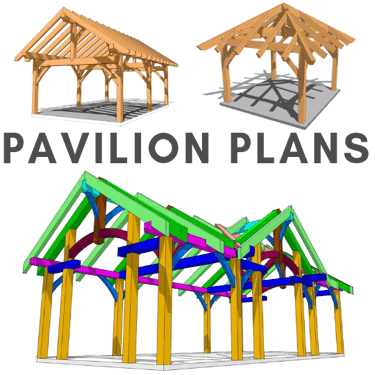
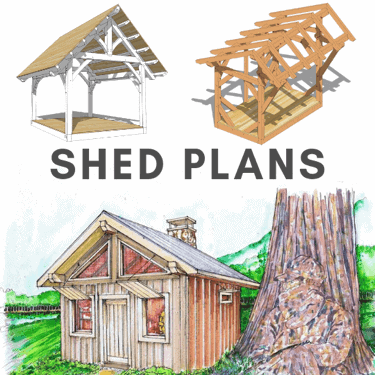
Do you have a printed publication that covers your excellent online “Joints and Joinery.” Are they covered by your Three Free Plans?
We are working on something like that but it will not be printed. Take a look at the post at https://timberframehq.com/post-and-beam-knee-brace-connection/ and scroll down to the middle of the page to see a download link of an example of what we are working on.
This is great information about timber framing as just getting started in this great craft I’m looking to learn more and more about this and do as much research as possible to help me be the best I can be.!! Thanks
Glad we can help with your project.
good morning. I’d be interested in seeing some truss joinery. In particular scissor truss where the king post and cross struts meet (3 timbers ) Also king post trusses where the king post extends down past the lower chord in full width. Thanks
Will try and find a scissor truss detail, for the king post checkout the following details. https://timberframehq.com/through-tenon-wedge/ you have to visualize it 90 degrees and https://timberframehq.com/king-post-tenon-through-tie-beam/.
Can you discuss the relative strengths and merits of different woods and trees? Is southern longleaf or yellow pine suitably strong as a beam? And does it pose any particular problems, twisting, excessive shrinkage drying after being cut green?
SYP is suitable for timber framing. Both of my personal frames have them. They are stronger than most other species in the SE. They do twist, bow and move more than other species but that can be accounted for in some cases.
Hi there, i need some help on designing and cutting a criss cross gable truss.
do you guys have an article on those ???
Question: I’ve been working with red oak this summer and I’m getting ready to assemble the bents and corner braces. What’s common practice for the drawbore offset with oak?
At this point we don’t but that’s a great idea for a future post!
You can offset the holes by 1/8″.
As a matter of interest what is your CAD program ?
We use Autocad and Cadworks
I wouldn’t go more than 1/32” on oak.
1/16” on softwood.
André
Do you make posters showing the timber frame joinery? I have been looking for some and would love to have them hanging up all over my shop walls.
We have a couple in the works stay tuned.
I have a lot of cedar on my property, and I would like to use it for construction, what kind of permits are need in South Carolina to do that.
That would be a question for the local building department. I’m not sure what state or local regulations would prohibit you from cutting and milling your own timber . Generally they are few, and many clients we have cut and mill their own timber.
Do you have a tutorial on reading your timberframe plans? I purchased a set of your plans, but some of them are difficult to decipher. Thanks!
No not at the moment but we need to get one. Let me talk to the team and come up with a plan.
Do you only have plans or do you manufacture and sell structures ready to assemble?
Mike, We can provide the kit as well along with any design services you would like.
Hi, im making a 28×30 garage and would like the know if scarf joint are documented for the resistance (twist, flex, shear,etc.)
hard to make/find at good price a 8×10 beam of 28 feet! i would like the joint them in the middle for a queen post truss
The short answer is no. Plans aren’t engineered so the scarves aren’t engineered. Also, you wouldn’t want to scarf a collar beam in the center of the gable.